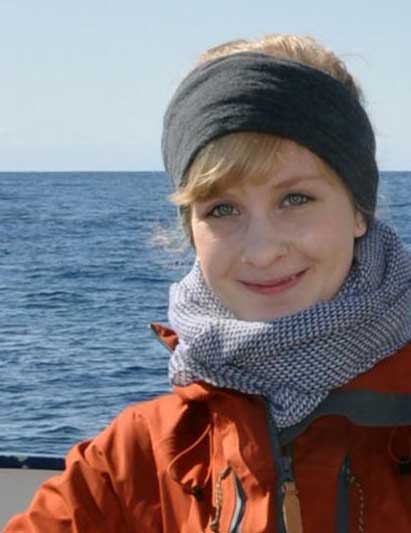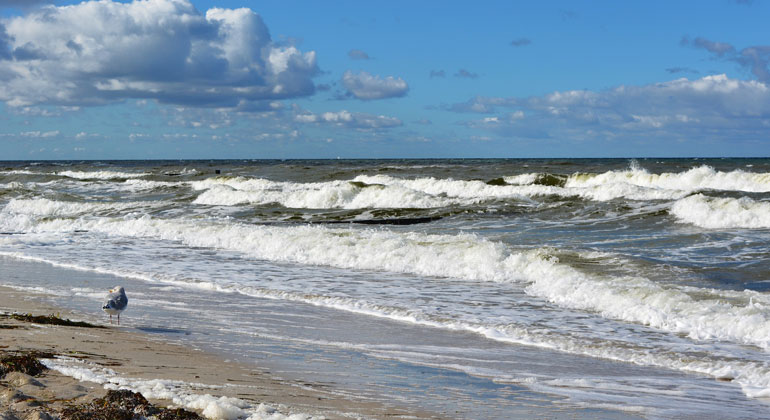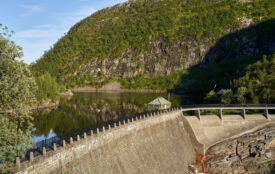Altered chemistry impedes recovery in the Baltic Sea
Eutrophication has changed the chemistry of sediments at the bottom of the Baltic Sea so much that processes that counteract eutrophication are impeded. This is the finding of a new thesis from the University of Gothenburg.
Human activities put heavy pressure on our oceans, and the Baltic Sea has a long history of eutrophication. The large annual algae blooms in the central Baltic Sea result from eutrophication, which is largely due to nutrients from agriculture leaching into the sea along the coasts.
“As nutrients leach from land, more and more areas in the Baltic Sea are affected by eutrophication, an increased growth of phytoplankton such as algae and cyanobacteria,” says Astrid Hylén, author of the thesis.
Impeding recovery
When phytoplankton die and sink to the seafloor, they are broken down by bacteria that simultaneously consume oxygen. The large amounts of sinking phytoplankton cause the oxygen in the sea to disappear to an increasing extent.
“In the Baltic Sea today, an area as large as Denmark is completely devoid of oxygen below a depth of 80 metres,” says Hylén.
When oxygen disappears, the chemical and biological processes in the bottom sediments change.
“Instead of the nutrients being assimilated in the sediments and disappearing, they are released back into the sea again. The nutrients then contribute to continued eutrophication. This also means that even if we reduce emissions of nutrients from land, it will take time before we see any positive effect in the Baltic Sea.”
The eutrophication in the Baltic Sea has changed the chemistry of the bottom sediments so much that the processes that counteract eutrophication are impeded.
An accumulating oxygen debt
If eutrophication continues for a long time, it becomes more difficult for the system to recover. Under anoxic conditions, chemical compounds accumulate that quickly consume oxygen in the sediment and an “oxygen debt” accumulates.
Every 10 years, there is a large influx of water from the North Sea to the Baltic Sea. Astrid Hylén investigated what happened to the chemistry in the sediments when oxygenated water reached the anoxic parts of the Baltic Sea.
“Unfortunately, these natural inflows were not strong and long-lasting enough to break the link between eutrophication and lack of oxygen. Instead, the chemical processes in the sediment drove the system back to an anoxic and eutrophicated state.”
Importance of protecting Baltic inlets

Since the Baltic Sea is recovering slowly, despite reduced emissions of nutrients from land, sea-based methods have been proposed to reduce eutrophication. Methods previously used in smaller coastal areas are now being discussed for the open Baltic Sea. This could involve artificial oxygenation of parts of the seafloor.
“However, my research suggests that these methods may be less effective on a large scale than previously thought. Instead, we should focus on reducing nutrient emissions from land.”
Keeping the inlets of the Baltic Sea healthy is important because they can filter out nutrients from the water before they are transported to open water.
“Even if it takes time, I believe that, in the long run, eutrophication in the Baltic Sea can then be counteracted,” says Astrid Hylén.








